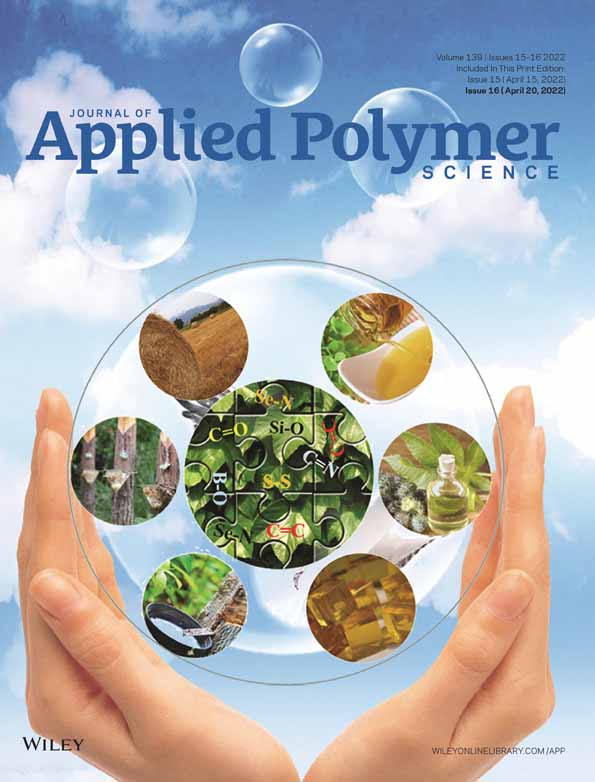Mechanism of enhanced lithium-ion transport in solid polymer electrolytes assisted by ultrasonic vibration
Funding information: 111 Project, Grant/Award Number: B17034; National Natural Science Foundation Council of China, Grant/Award Numbers: 51775398, 51805392; Natural Science Foundation of Fujian Province, China, Grant/Award Number: 2020J01289; Natural Science Foundation of Hubei Province, Grant/Award Number: 2018CFB595; Program for Innovative Research Team in Science and Technology in Fujian Province University (Xiamen University of Technology), Grant/Award Number: fma2020002; Program for Innovative Research Team in University of Education Ministry, Grant/Award Number: IRT_17R83
Abstract
Despite widespread attention to solid polymer electrolytes owing to their excellent safety performance and flexibility, low ionic conductivity at room temperature limits their practical applications. Here, the experimental method and molecular dynamics simulation method are performed to explore the effect of ultrasonic vibration on solid polymer electrolytes. The experimental results show that the electrolyte possesses good electronic insulation and electrochemical stability, and the ionic conductivity of the electrolyte with ultrasonic treatment is increased by 72.72% at room temperature. Molecular dynamics simulation results reveal that ultrasonic vibration promotes the dissociation of lithium salt and increases the number of effective Li+ ions in the electrolyte. In addition, ultrasonic vibration increases free volume of the electrolyte. It provides more space for the transmission of Li+ ions, thus benefits the conduction of Li+ ions of the solid polymer electrolyte.
Open Research
DATA AVAILABILITY STATEMENT
No. Research data are not shared.




